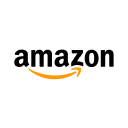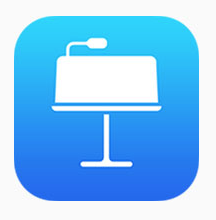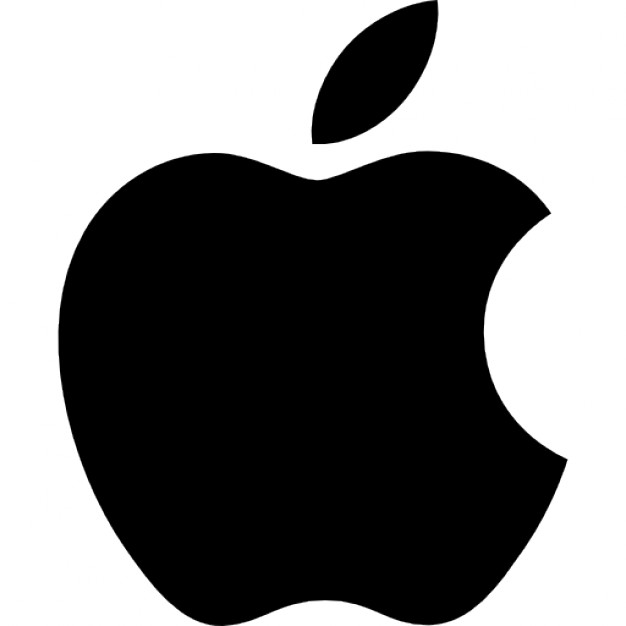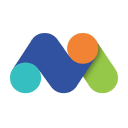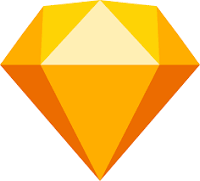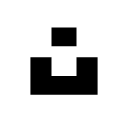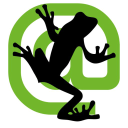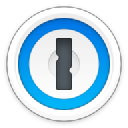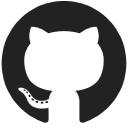How I Developed A $500/Month App To Create Citations And Bibliographies
Hello! Who are you and what business did you start?
Hello! My name is Cenk Özbakır, and I’m the founder of Citationsy — in an online referencing generator for people who value simplicity, privacy, and speed. I founded Citationsy in 2017 after the reference manager I was using at the time, RefMe, was shut down.
With Citationsy you can create bibliographies, references, and footnotes for your essays, papers, or dissertations. Just paste the link or search for the book/paper you want to cite, and Citationsy does the rest. We have over eight thousand referencing styles (like APA, MLA, DIN, Harvard, etc.) built-in. Citationsy grew from nothing in late 2017 to over 200,000 users as of February 2020, all through word-of-mouth and SEO.

What's your backstory and how did you come up with the idea?
One thing I...

Download the report and join our email newsletter packed with business ideas and money-making opportunities, backed by real-life case studies.

Download the report and join our email newsletter packed with business ideas and money-making opportunities, backed by real-life case studies.

Download the report and join our email newsletter packed with business ideas and money-making opportunities, backed by real-life case studies.

Download the report and join our email newsletter packed with business ideas and money-making opportunities, backed by real-life case studies.

Download the report and join our email newsletter packed with business ideas and money-making opportunities, backed by real-life case studies.

Download the report and join our email newsletter packed with business ideas and money-making opportunities, backed by real-life case studies.

Download the report and join our email newsletter packed with business ideas and money-making opportunities, backed by real-life case studies.

Download the report and join our email newsletter packed with business ideas and money-making opportunities, backed by real-life case studies.

